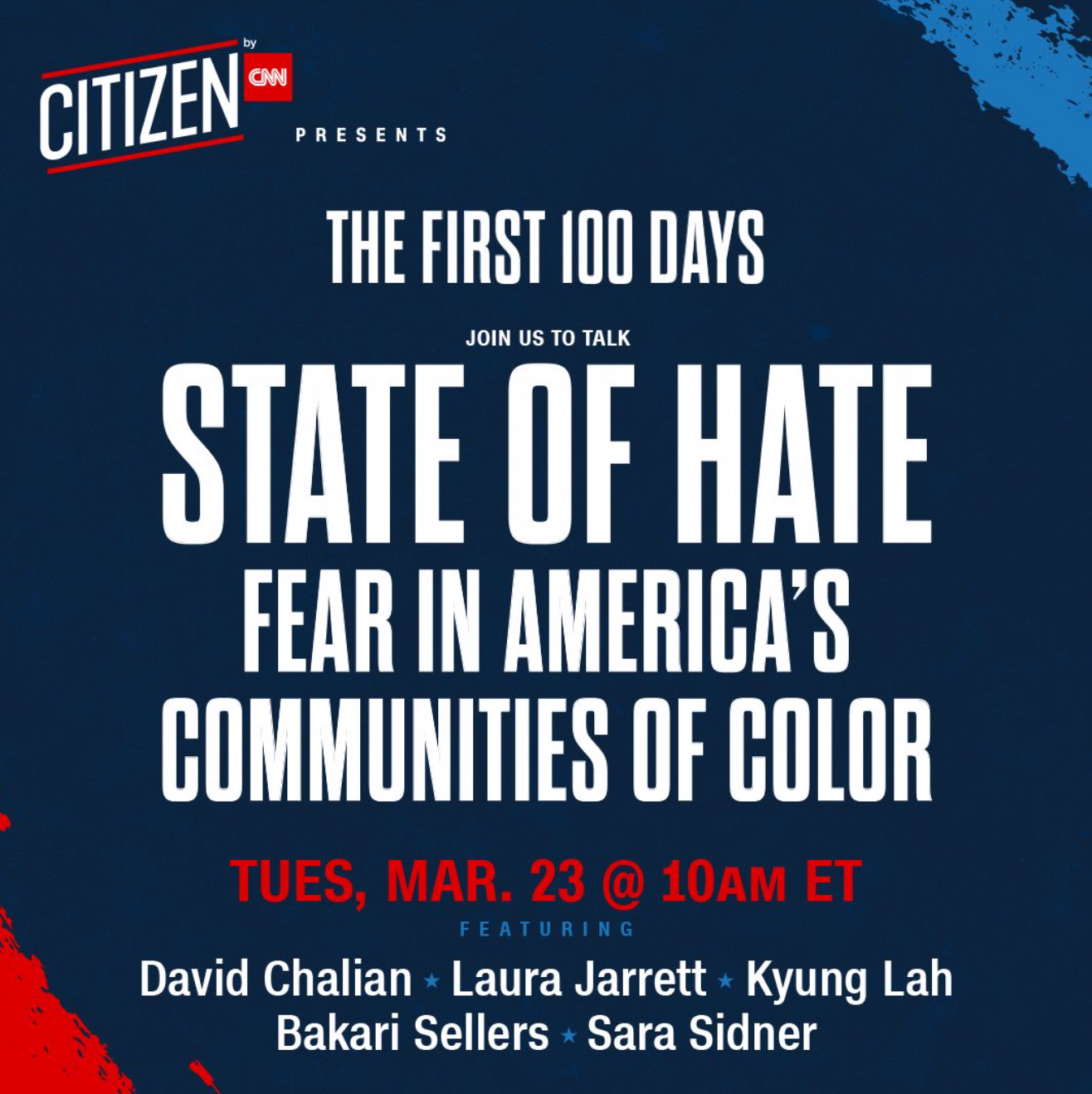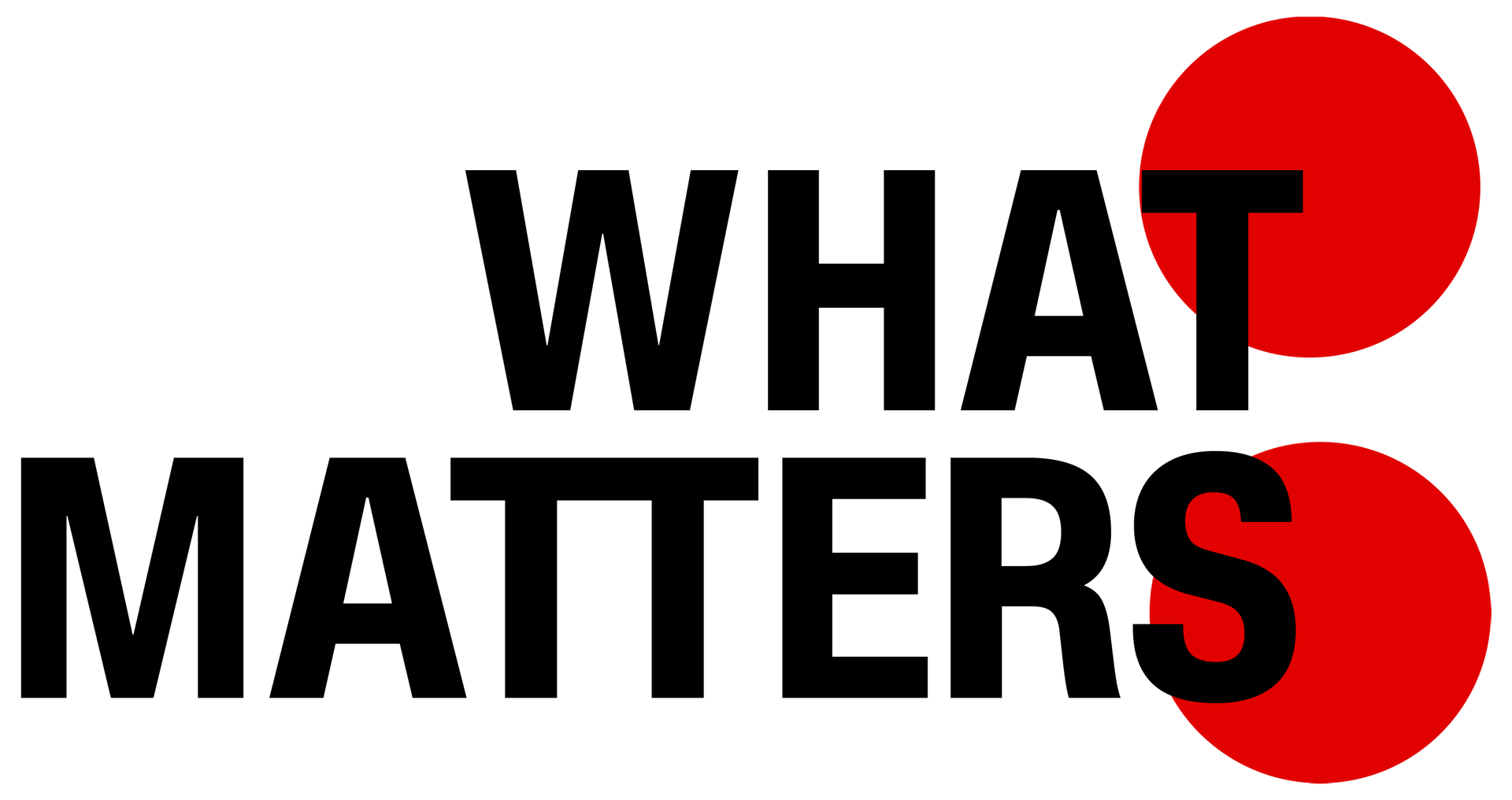More and more American schoolchildren are returning to the classroom.
In New York, 55,000 of the city's public school high schoolers returned Monday. (That's a fraction of the city's high schoolers, but it's a start).
In Los Angeles, the teacher's union approved a plan to get elementary school kids back by mid-April and middle and high school kids by the end of April. (The plan is contingent on the city's Covid metrics falling.)
In Chicago, the school district wants high schoolers back in classrooms by mid-April, but it's not clear the city's union will be on board.
Those are the three largest school districts in the country.
What about the CDC's new 3-foot guidance? None of these districts have yet taken new CDC guidance allowing for masked kids to be three feet apart instead of six feet during the school day. That would seem to be a game-changing development for schools that were already short on space even before the pandemic hit.
New York pushes ahead. New York Mayor Bill de Blasio said Monday that all 488 high schools under the New York City Department of Education have reopened for in-person learning across the city, with at least half of those schools providing in-person instruction five days per week.
New York City's school district teaches more than 1 million kids. Less than half of them -- 315,000 total -- are in the classroom at the moment. And 55,000 of those are high schoolers. Clearly this is the start of the return, not the end.
The city will allow kids who previously declined the opportunity to return in-person to opt back over the course of two weeks.
The city schools chancellor Meisha Ross Porter said they hope to have 80% to 90% of kids back in classrooms next fall.
Never going back. While New York wants nearly all kids back in classrooms, some districts are looking at offering a full-time virtual option in the future.
This Salt Lake Tribune report about Jordan District in Salt Lake County is interesting. It refers to a girl who says she's thrived under the virtual model (unlike the many, many kids who have not) and will stay virtual in the future.
“It’d be a mistake to overlook that this online model has had huge benefits for many,” Ross Menlove, an administrator with the district, told the Tribune. “Honestly, this is where instruction is heading. The way people learn is changing, and we need to adapt to that.”
Virtual future. A RAND study on districts around the country released last December found 20% of school districts "have already adopted, plan to adopt, or are considering adopting virtual school as part of their district portfolio after the end of the COVID-19 pandemic."
Who isn't going back? I read this Washington Post report on Asian American kids skipping the return earlier this month and it's worth taking another look. Reasons why, reported the Post: They say they are worried about elderly parents in cramped, multigenerational households, distrustful of promised safety measures and afraid their children will face racist harassment at school. On the flip side, some are pleased with online learning and see no reason to risk the health of their family.
White kids more likely to be in-person at school. Either because of choice or access, polls have shown White kids are more likely to be attending school. An NPR/Ipsos poll published in early March was the latest: Black and Hispanic parents were far more likely than white parents to say their children were all remote — 65% for Black parents, 57% for Hispanic parents and 38% for white parents.
A third of US parents may keep kids home. The NPR/Ipsos poll found most parents expect their kids to be back in-person and full-time when fall arrives. But a lot of parents may not.
From NPR: "Fully 29% of parents told us they were likely to stick with remote learning indefinitely. That included about half of the parents who are currently enrolled in remote learning."
Not me. My three kids are now back in school two days a week in Alexandria, Virginia.
Well. They're in a school building, but most of their instruction is still remote.
The setup is far from ideal. Both of my elementary schoolers are in the classroom with a proctor rather than their teacher. They're doing virtual school with a teacher down the hall or at home. They're still so excited to be out of the house. It's touching to see them wanting so much to go to school.
My middle schooler has three in-person teachers, so the bulk of his learning is still remote.
Baby steps. I'll take it.
I like this story from CNN's Maeve Reston about the difficulty of squaring the early curfew and efforts to break up throngs in Miami Beach compared with signaling to American teachers and students that it's safe to return to schools.
She wrote: As states drop their Covid-19 restrictions and spring breakers flood popular venues like Miami Beach, the Biden administration is trying to strike an increasingly tenuous balance between nudging schools to reopen with an "everything will be fine" ethos and sounding the alarm about increasingly crowded public spaces, rising case numbers and the spread of more deadly and contagious variants like B.1.1.7, which Dr. Anthony Fauci said Friday likely accounts for 20 to 30% of infections in this country.
My take: Whenever we start to feel like things are getting better, people go and make them worse.
Biden administration officials have been highlighting the good news -- for example, heralding the increasing clip of vaccinations: about 24% of the US population has now received at least one dose of a Covid-19 vaccine, and about 13% are fully vaccinated. But it's not clear whether the message to remain cautious is resonating as cases rise in a dozen states based on a seven-day average. Fauci, the nation's top infectious disease specialist, also said in a congressional hearing this week that the US may not be able to achieve herd immunity until children are vaccinated.
That has left many parents and teachers attempting to essentially sift through muddled messages about the level of danger that the virus still poses even in relatively controlled settings like schools. Many teachers across the country are understandably nervous as they wait for their vaccine appointments or second shots.
Biden has big ideas ($3 trillion!) to transition the US economy. CNN's Phil Mattingly reports: White House advisers are expected to present a two-part, $3 trillion jobs and infrastructure proposal to President Joe Biden as soon as this week, according to two people familiar with the plan.
The proposal, which Biden's top advisers have been deliberating over for weeks, would be segmented into two separate parts -- one focused on infrastructure and clean energy, and a second focused on what's being termed the "care economy" with a focus zeroed in on key domestic economic issues.
Air travel has reached a new pandemic record. A million people are flying every day.
San Diego's convention center will be used to house migrant children. Nearly 5,000 minors are currently in the custody of Customs and Border Protection, a number that has been growing steadily. Federal law requires CBP to turn children over to HHS within 72 hours but the administration has been overwhelmed by the number of migrants.
HHS has already opened a large site at the Kay Bailey Hutchison Convention Center in Dallas for more than 2,000 children.
There's a computer chip shortage. It's creating a backup of trucks and SUVs.
Houses selling quickly. It's also hard for people to find houses to buy.

Join #CitizenCNN tomorrow morning for a discussion of fear in America's communities of color.
Who: CNN's Laura Jarrett, David Chalian, Kyung Lah, Bakari Sellers and Sara Sidner.
When: Tuesday, March 23 at 10 am ET.
Where: RSVP here.
We're trying to connect the dots at a time of political, cultural and economic upheaval.
All CNN Newsletters | Manage Profile
® © 2021 Cable News Network, Inc.
A WarnerMedia Company. All Rights Reserved.
One CNN Center Atlanta, GA 30303
Unsubscribe

